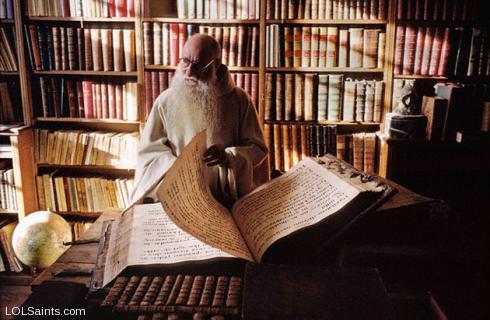An address by Pope Benedict XVI to the General Audience
Paul VI Audience Hall, 2 January 2008
Paul VI Audience Hall, 2 January 2008
"Mother of God",Theotokos, is the title that was officially attributed to Mary in the fifth century, to be exact, at the Council of Ephesus in 431, but which had already taken root in the devotion of the Christian people since the third century, in the context of the heated discussions on the Person of Christ in that period. This title highlights the fact that Christ is God and truly was born of Mary as a man: in this way his unity as true God and true man is preserved. Actually, however much the debate might seem to focus on Mary, it essentially concerned the Son. Desiring to safeguard the full humanity of Jesus, several Fathers suggested a weaker term: instead of the title Theotokos, they suggested Christotokos, "Mother of Christ"; however, this was rightly seen as a threat to the doctrine of the full unity of Christ's divinity with his humanity. On the one hand, therefore, after lengthy discussion at the Council of Ephesus in 431, as I said, the unity of the two natures - the divine and the human (cf. DS, n. 250) - in the Person of the Son of God was solemnly confirmed and, on the other, the legitimacy of the attribution of the title Theotokos, Mother of God, to the Virgin (ibid., n. 251).
After this Council a true explosion of Marian devotion was recorded and many churches dedicated to the Mother of God were built. Outstanding among these is the Basilica of St Mary Major here in Rome. The teaching on Mary, Mother of God, received further confirmation at the Council of Chalcedon (451), at which Christ was declared "true God and true man... born for us and for our salvation of Mary, Virgin and Mother of God, in his humanity" (DS, n. 301). As is well known, the Second Vatican Council gathered the teachings on Mary in the eighth chapter of the Dogmatic Constitution on the Church Lumen Gentium, reaffirming her divine motherhood. The chapter is entitled "The Blessed Virgin Mary, Mother of God, in the Mystery of Christ and the Church".
Thus, the description "Mother of God", so deeply bound up with the Christmas festivities, is therefore the fundamental name with which the Community of Believers has always honoured the Blessed Virgin. It clearly explains Mary's mission in salvation history. All other titles attributed to Our Lady are based on her vocation to be the Mother of the Redeemer, the human creature chosen by God to bring about the plan of salvation, centred on the great mystery of the Incarnation of the Divine Word. In these days of festivity we have paused to contemplate the depiction of the Nativity in the crib. At the centre of this scene we find the Virgin Mother, who offers the Baby Jesus for the contemplation of all those who come to adore the Saviour: the shepherds, the poor people of Bethlehem, the Magi from the East. Later, on the Feast of the "Presentation" which we celebrate on 2 February, it will be the elderly Simeon and the prophetess Anna who receive the tiny Infant from the hands of his Mother and worship him. The devotion of the Christian people has always considered the Birth of Jesus and the divine motherhood of Mary as two aspects of the same mystery of the Incarnation of the Divine Word, so it has never thought of the Nativity as a thing of the past. We are "contemporaries" of the shepherds, the Magi, of Simeon and of Anna, and as we go with them we are filled with joy, because God wanted to be the God-with-us and has a mother who is our mother.
All the other titles with which the Church honours Our Lady then derive from the title "Mother of God", but this one is fundamental. Let us think of the privilege of the "Immaculate Conception", that is, of Mary being immune to sin from conception: she was preserved from any stain of sin because she was to be the Mother of the Redeemer. The same applies to the title "Our Lady of the Assumption": the One who had brought forth the Saviour could not be subject to the corruption that derives from original sin. And we know that all these privileges were not granted in order to distance Mary from us but, on the contrary, to bring her close; indeed, since she was totally with God, this woman is very close to us and helps us as a mother and a sister. The unique and unrepeatable position that Mary occupies in the Community of Believers also stems from her fundamental vocation to being Mother of the Redeemer. Precisely as such, Mary is also Mother of the Mystical Body of Christ, which is the Church. Rightly, therefore, on 21 November 1964 during the Second Vatican Council, Paul VI solemnly attributed to Mary the title "Mother of the Church".
It is because she is Mother of the Church that the Virgin is also the Mother of each one of us, members of the Mystical Body of Christ. From the Cross, Jesus entrusted his Mother to all his disciples and at the same time entrusted all his disciples to the love of his Mother. The Evangelist John concludes the brief and evocative account with these words: "Then he said to the disciple, "Behold, your mother!'. And from that hour the disciple took her to his own home" (Jn 19: 27). This is the [English] translation of the Greek text "εiς tά íδια", he welcomed her into his own reality, his own existence. Thus, she is part of his life and the two lives penetrate each other. And this acceptance of her (εiς tά íδια) in his own life is the Lord's testament. Therefore, at the supreme moment of the fulfilment of his messianic mission, Jesus bequeathes as a precious inheritance to each one of his disciples his own Mother, the Virgin Mary.

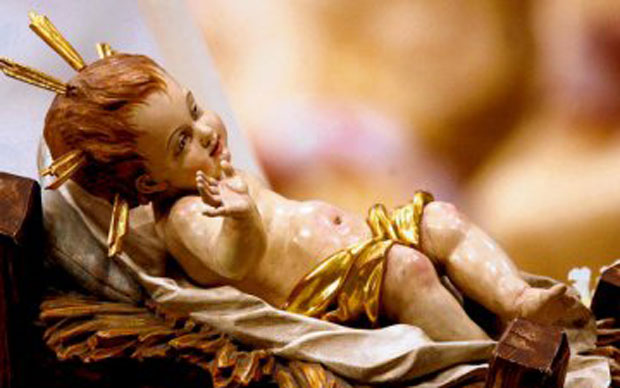
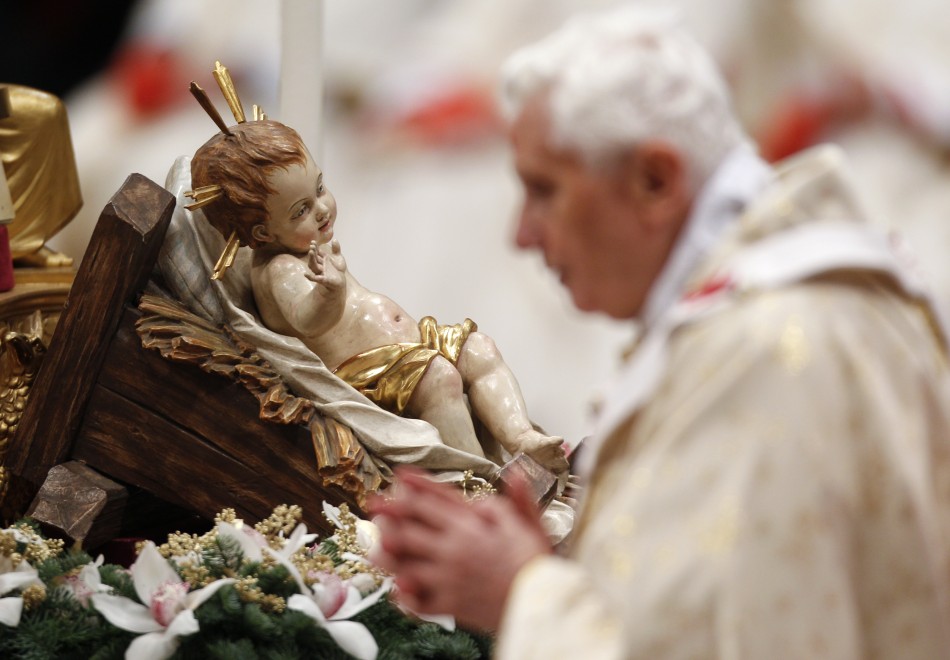

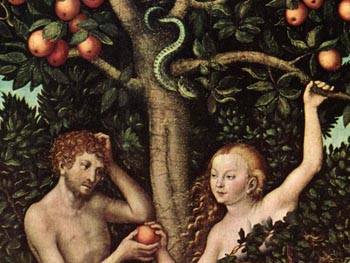 The Paradiese Tree was one of the most popular medieval mystery plays
The Paradiese Tree was one of the most popular medieval mystery plays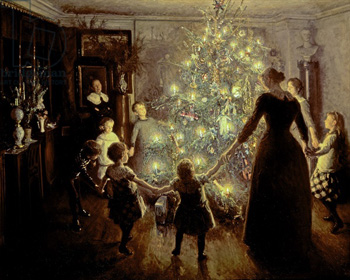 Christmas in Germany, 1881
Christmas in Germany, 1881








